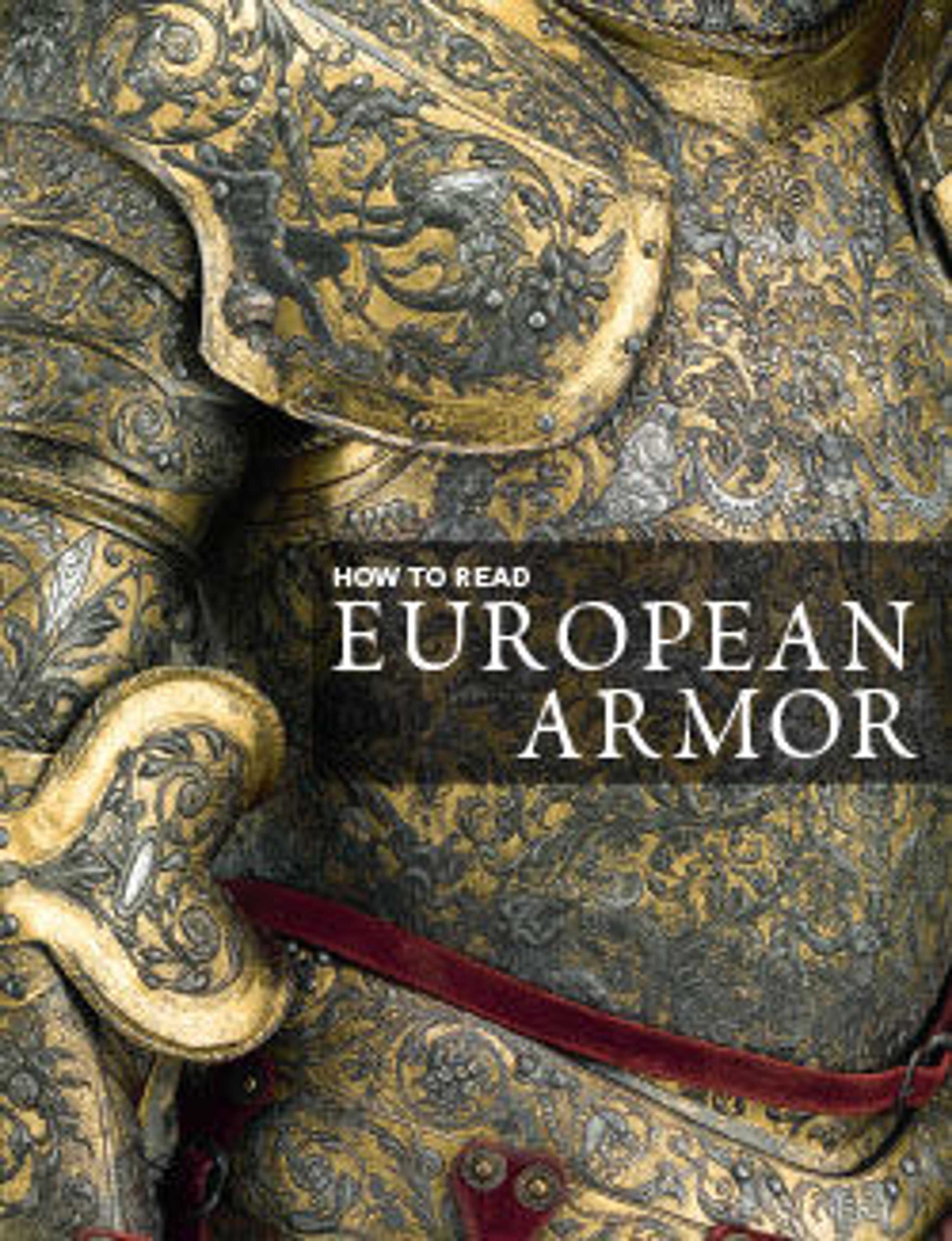Hercules and the Hydra; wielding a torch he attacks the winged, multi-headed Hydra in rocky landscape, a hawk attacks a heron in the sky
The son of the God Jupiter and the mortal Alcmene, Hercules (Herakles in Greek) possessed a superhuman strength that allowed him to defeat tyrants and destroy monsters. As the legendary founder of Florence, he appeared on the city seal already in the thirteenth century. In 1460, Pollaiuolo painted three canvases depicting the labors of Hercules for the great hall of the Medici palace in Florence, the first large-scale mythological decorations of the Renaissance. Robetta's engraving seems to record one of these lost works, in which Hercules battles the Hydra with a torch. By cauterizing the Hydra's wounds with fire, the hero was able to prevent two new heads from sprouting each time one was cut off. Robetta also made an engraving after Pollaiulo's 'Hercules and Antaeus', the pendant painting to 'Hercules and the Hydra'.
Artwork Details
- Title: Hercules and the Hydra; wielding a torch he attacks the winged, multi-headed Hydra in rocky landscape, a hawk attacks a heron in the sky
- Artist: Cristofano di Michele Martini (Il Robetta) (Italian, Florence 1462–after 1535 Florence)
- Artist: After Antonio Pollaiuolo (Italian, Florence ca. 1432–1498 Rome)
- Date: ca. 1500–1520
- Medium: Engraving
- Dimensions: Sheet (Trimmed): 9 5/16 × 3 3/8 in. (23.7 × 8.5 cm)
- Classification: Prints
- Credit Line: Harris Brisbane Dick Fund, 1927
- Object Number: 27.20.2
- Curatorial Department: Drawings and Prints
More Artwork
Research Resources
The Met provides unparalleled resources for research and welcomes an international community of students and scholars. The Met's Open Access API is where creators and researchers can connect to the The Met collection. Open Access data and public domain images are available for unrestricted commercial and noncommercial use without permission or fee.
To request images under copyright and other restrictions, please use this Image Request form.
Feedback
We continue to research and examine historical and cultural context for objects in The Met collection. If you have comments or questions about this object record, please contact us using the form below. The Museum looks forward to receiving your comments.
